The Utilization Report is a great way to measure your team’s workload and see Resources’ workload. The report is a color-coded visual that allows you to quickly see if people are being over- or under-utilized or, if their assignments are in line with their Utilization Target. You can filter the report by roles, teams, and dates to get a clear snapshot of your team’s workload.
When you run a Utilization Report you’ll see the Booked, Actual and Remaining Hours for the selected Users and time period. Remaining Hours in this case are based on the working hours left in the month. The percentage is the remaining hours in the task divided by the hours left in the month.
Budget Hours
The estimated number of hours to complete the project that is calculated before starting the project. This number is a total of the Budget Hours estimated for each Task. As you add Tasks to a project—either in a Template or adding them manually—the time estimates contribute to the project’s Budget Hours. As the service provider, this helps you estimate costs and for the customer, it helps them understand the size of the project.
Actual Hours
The number of hours that have been logged. This number will increase as Users log time against Tasks and User Stories. In an ideal scenario, the Budget Hours and Actual Hours will be equal at the end of the project. If not, project managers will find the Actual Hours helpful in planning and estimating future projects. For Time & Materials projects, the Actual Hours are what get invoiced to the client.
Remaining Hours
The estimated number of hours left before completion. It’s critical to note that Remaining Hours are manually entered by the User. It’s not the Actual Hours subtracted from the Budget Hours. Remaining Hours are an estimated time left to complete the work item. This number helps you see whether the Task or User Story—and thus the Project—are behind or ahead of schedule.


